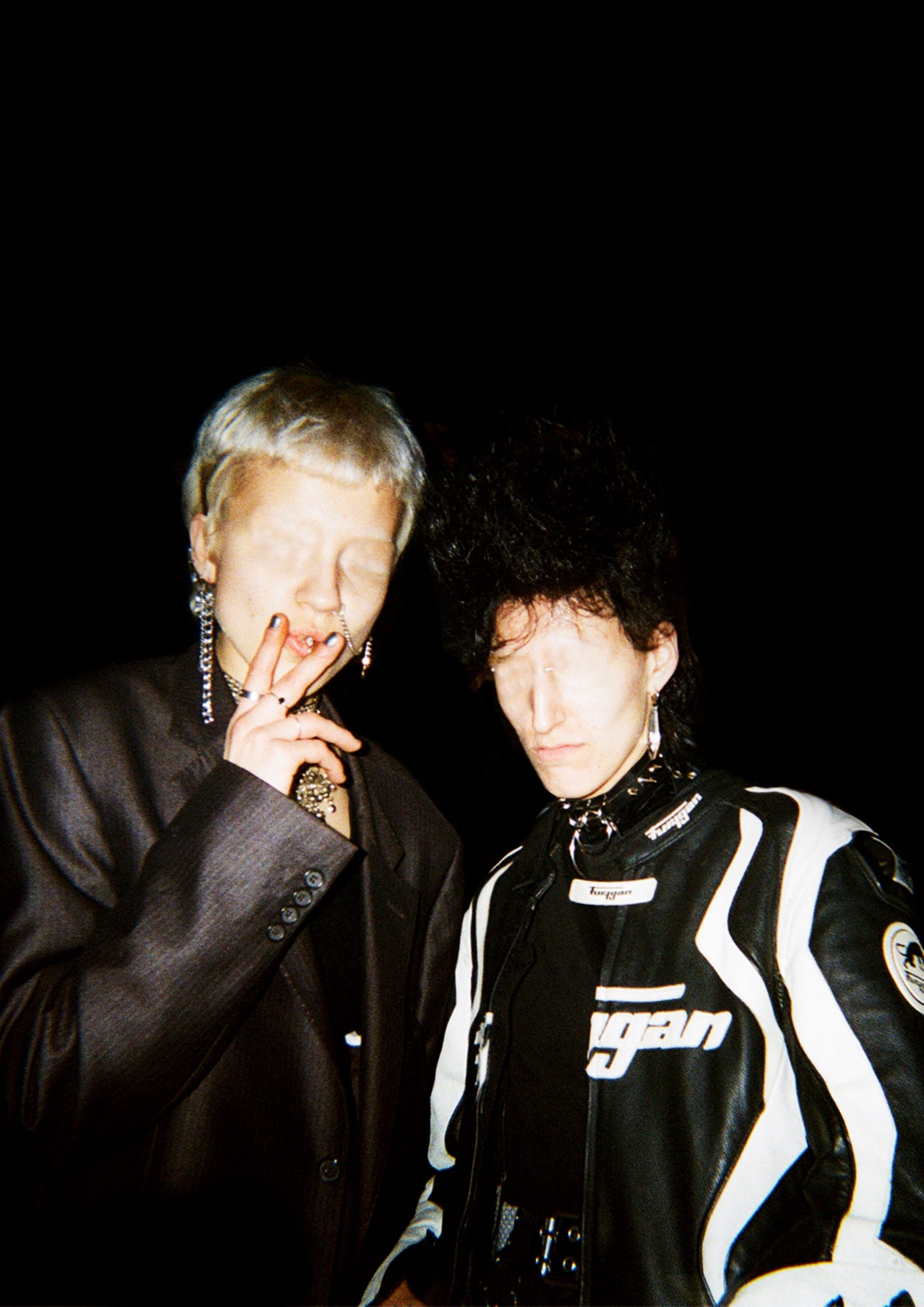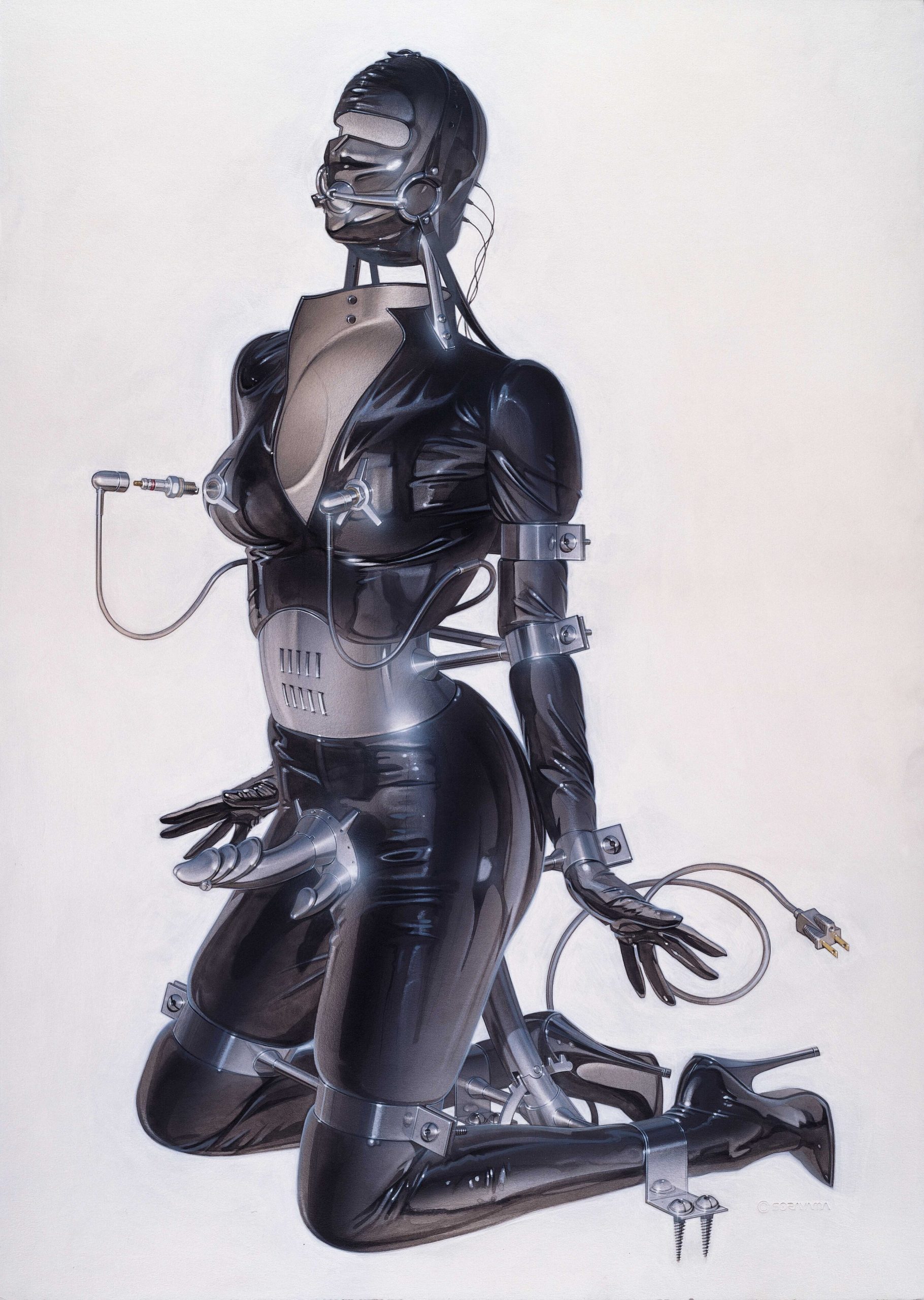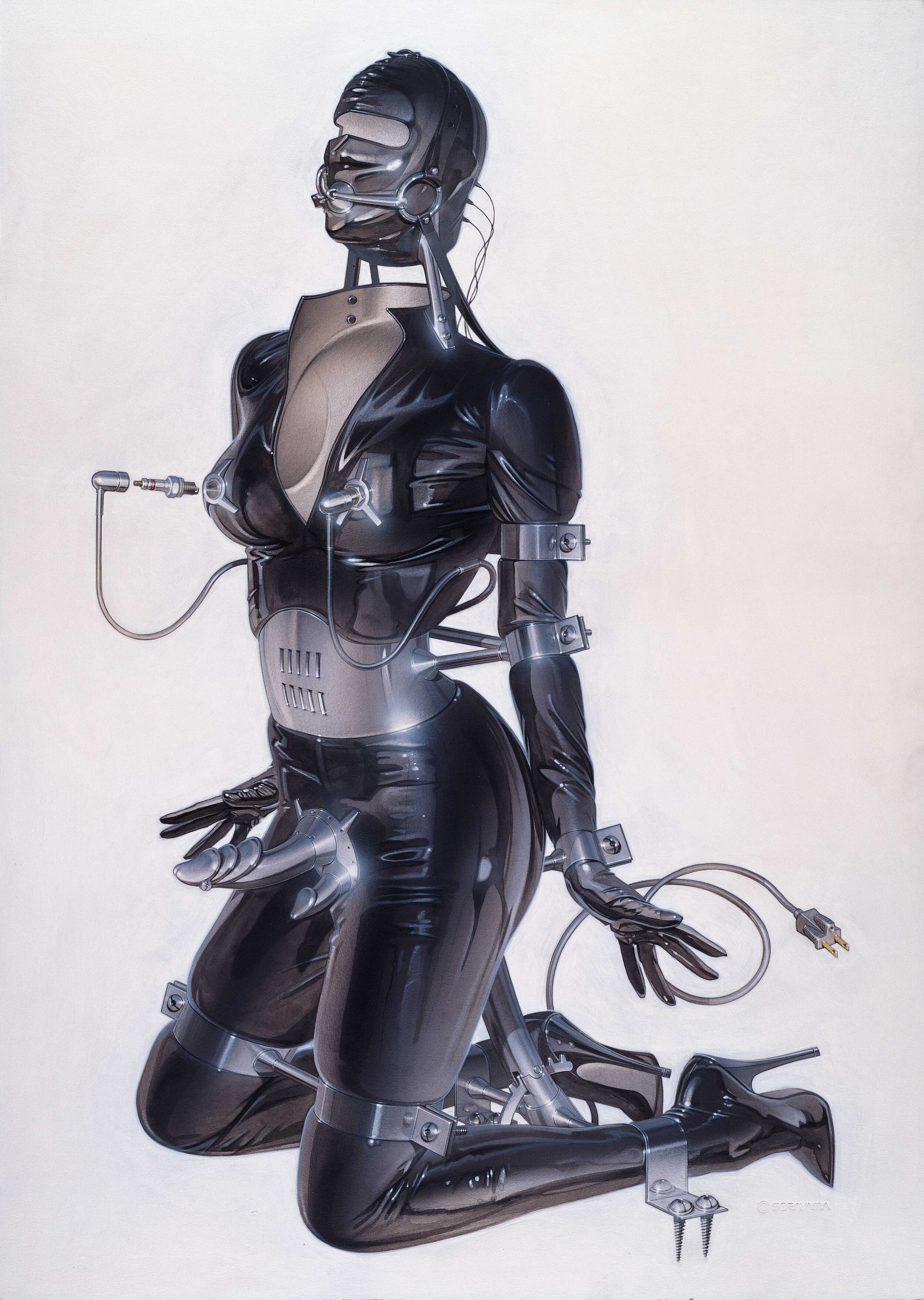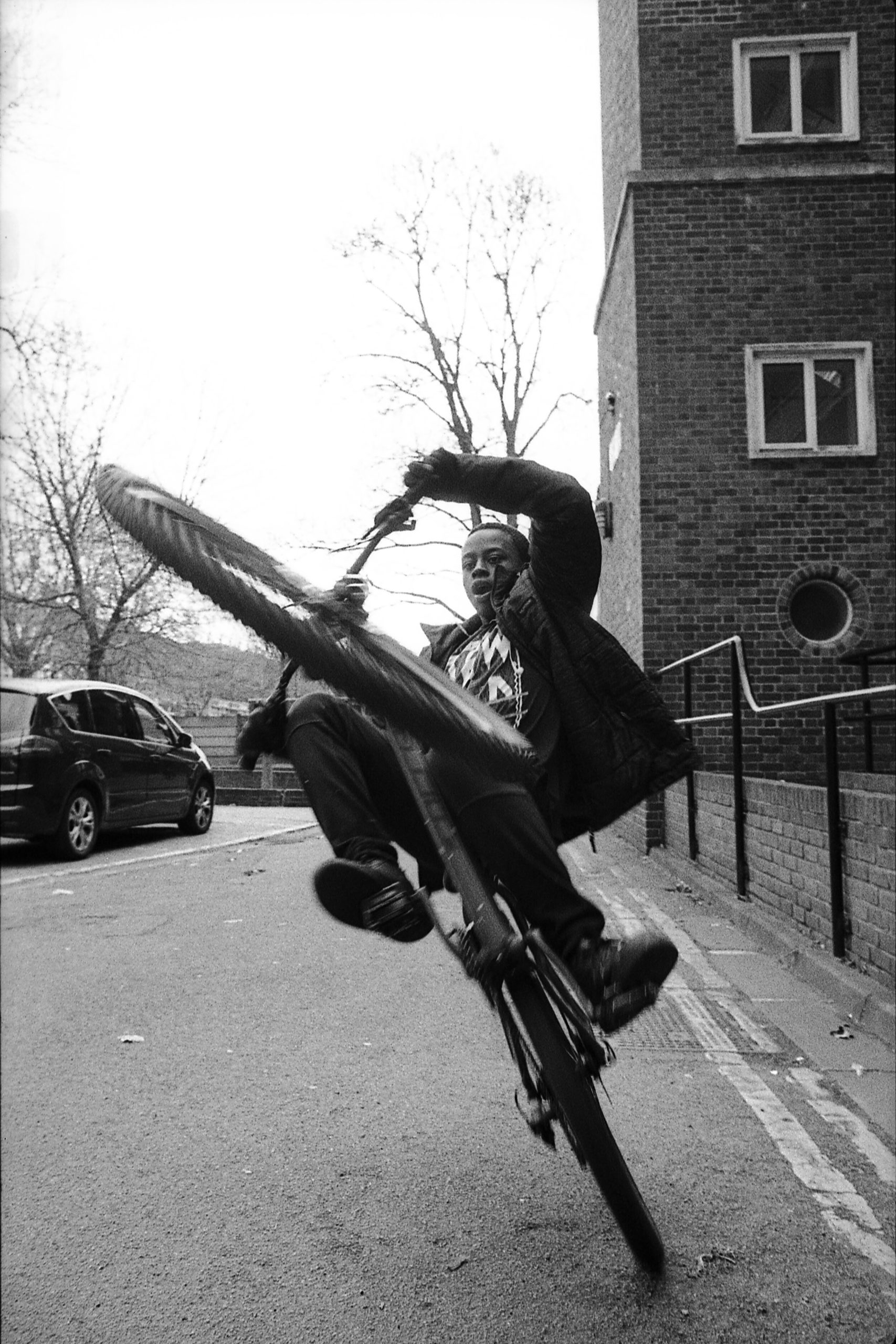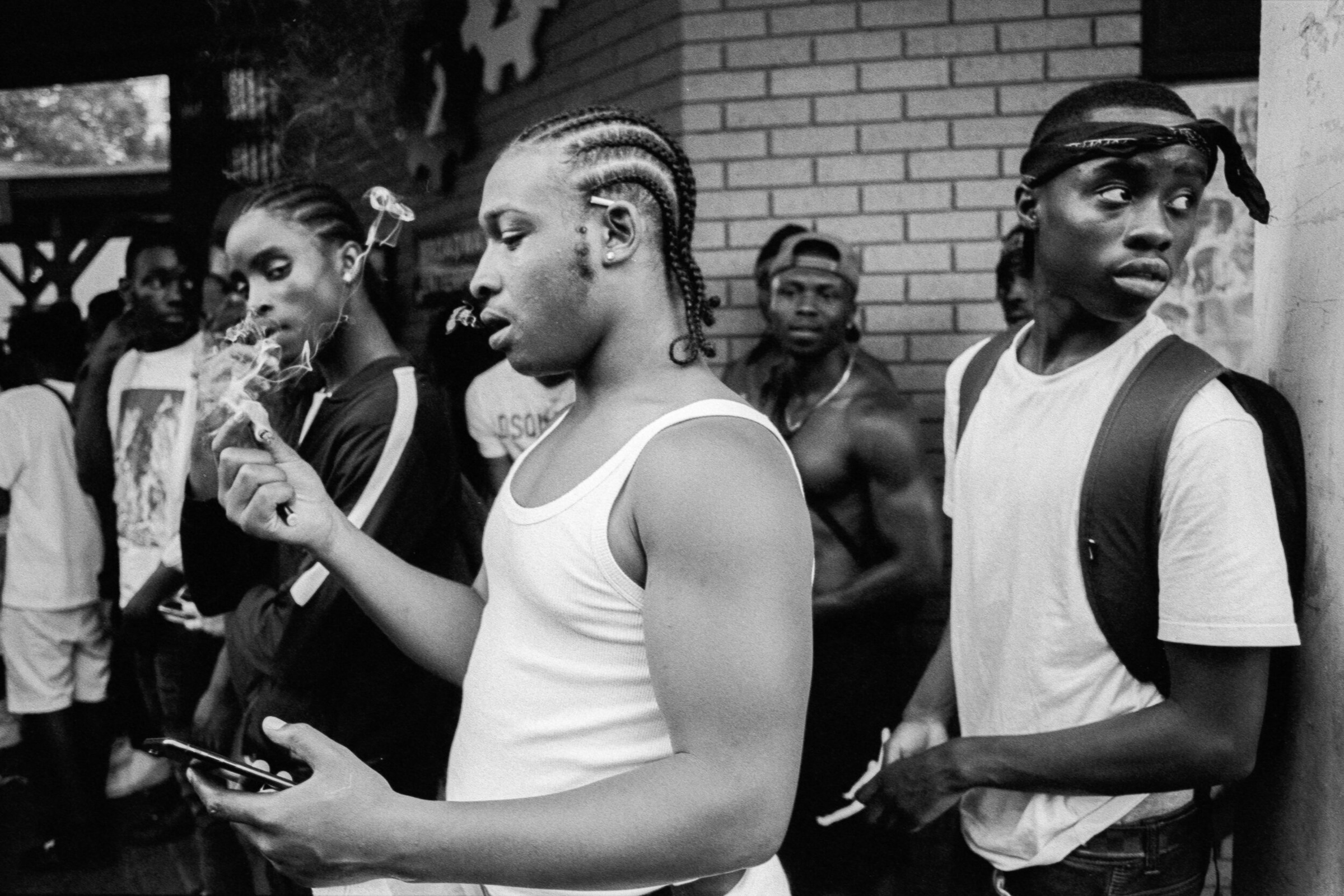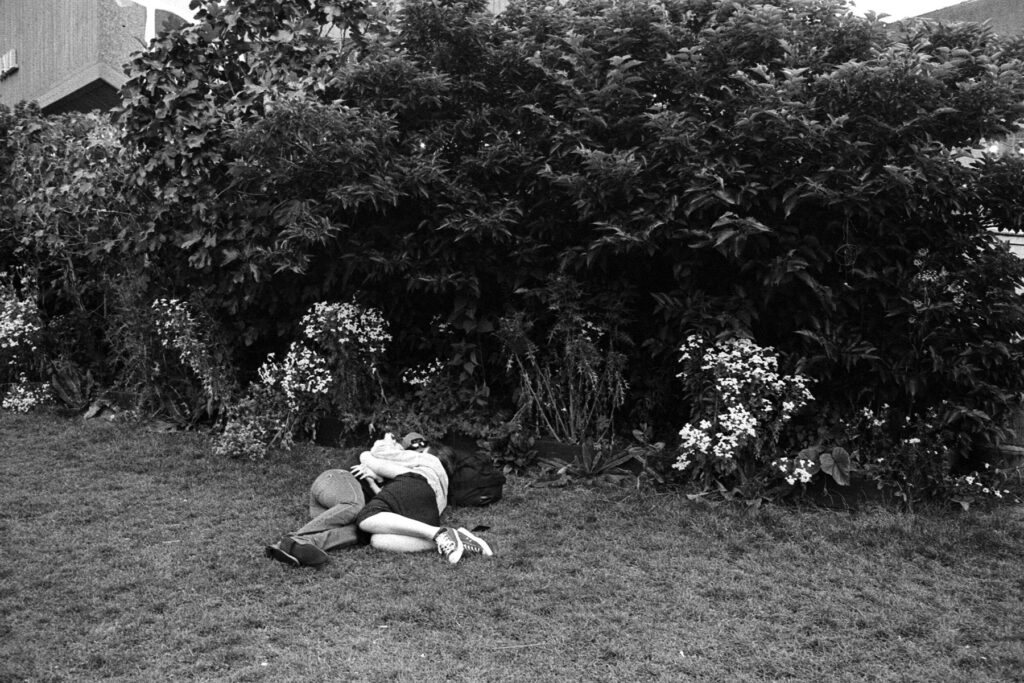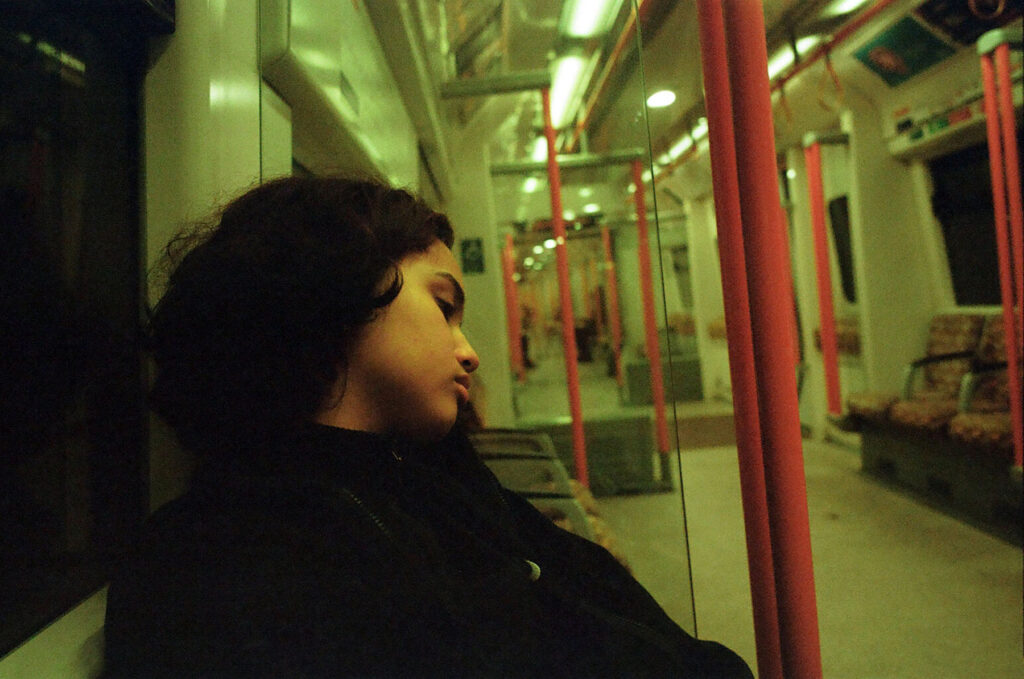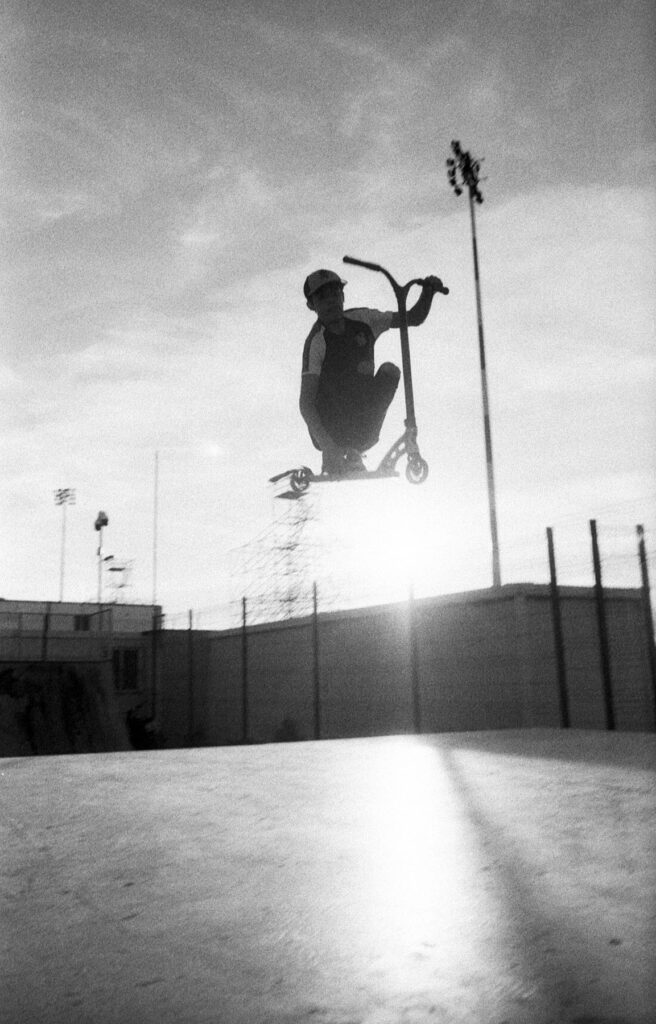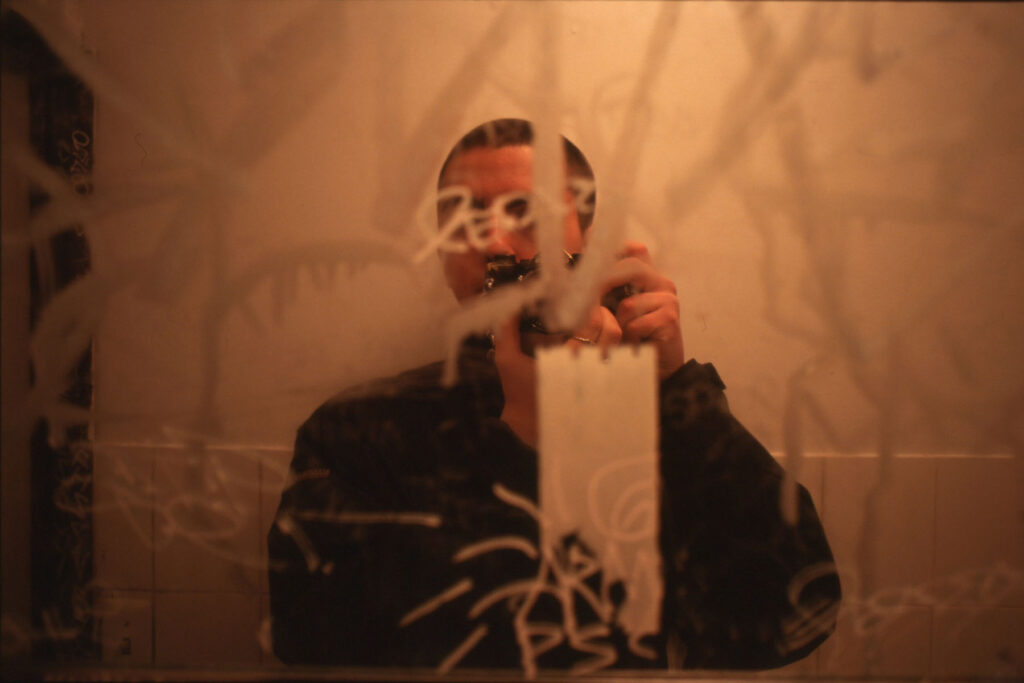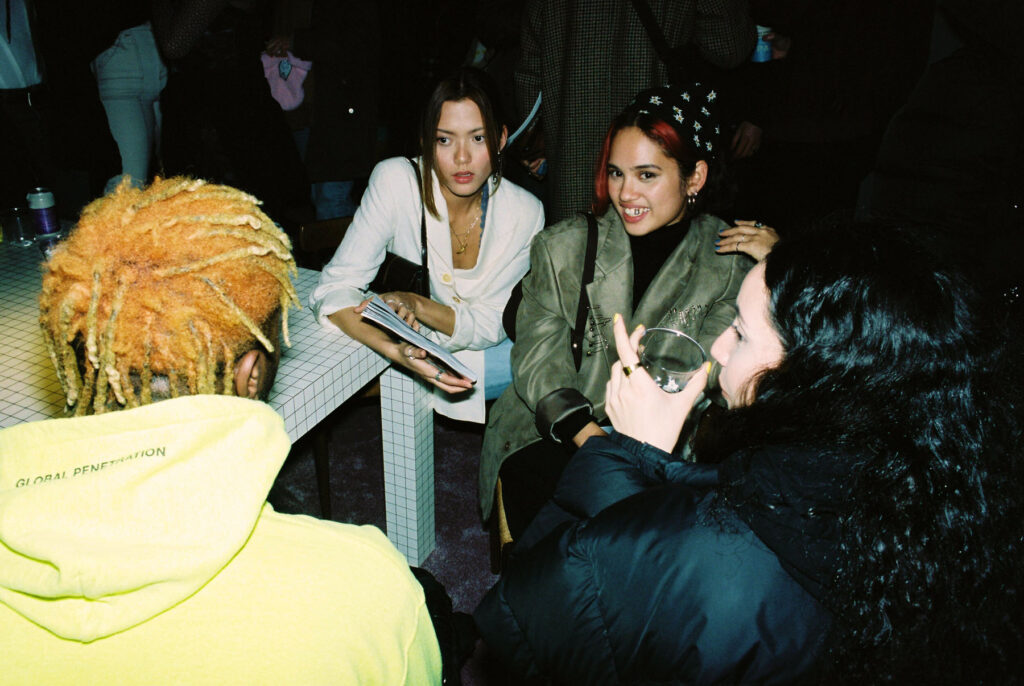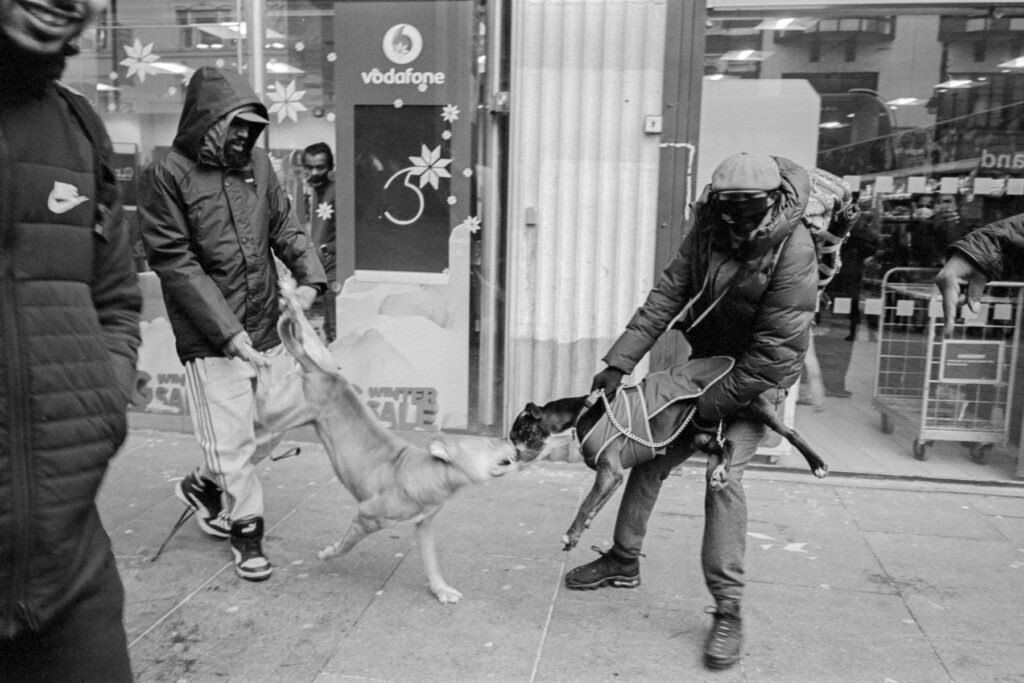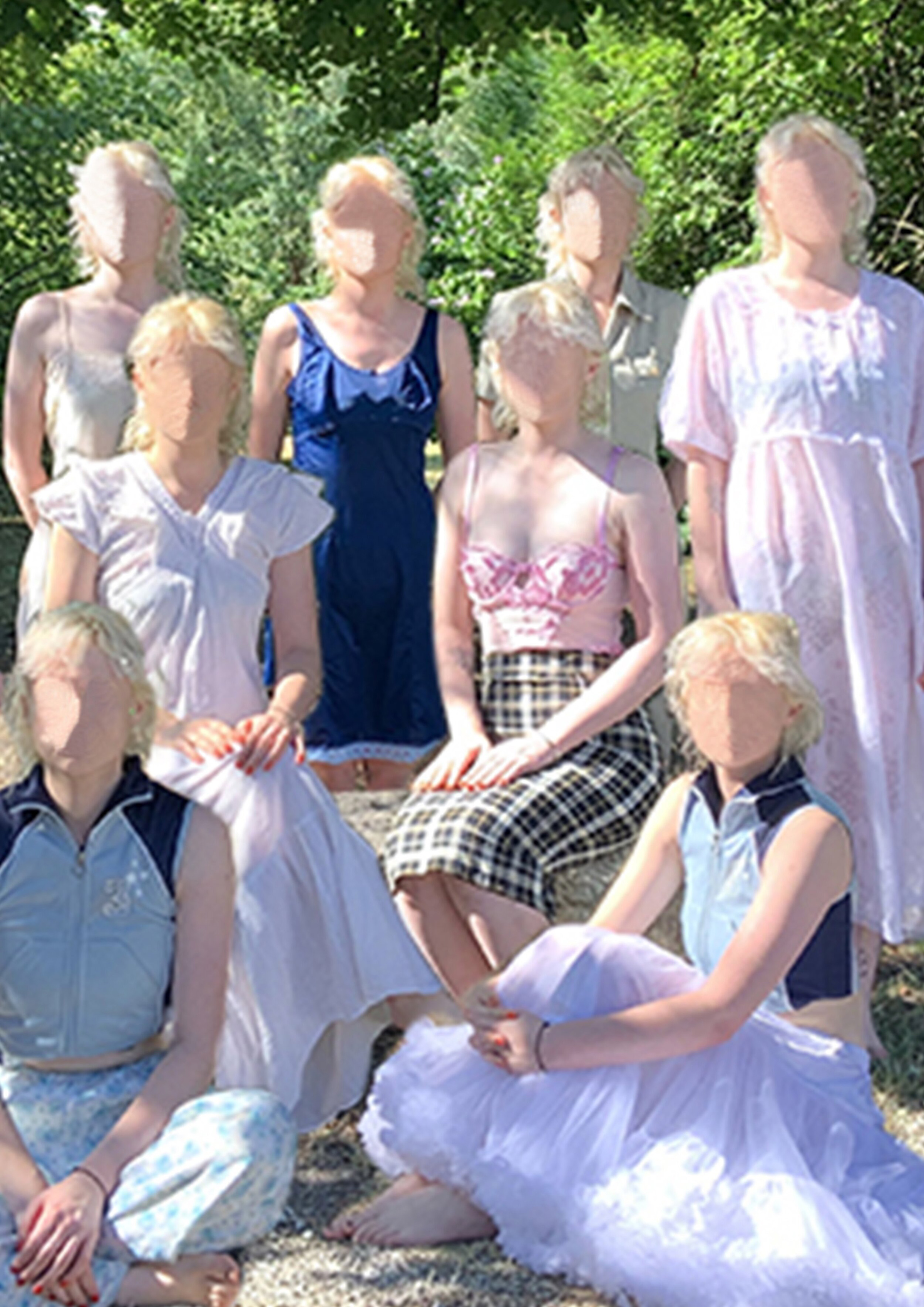
“Even when you invent aspects of yourself, it’s always a part of you”
Through manipulating her photographs, Ileana Ninn plays around with concepts of perception, personality and how we see ourselves. Often erasing facial features, attaching multiple limbs, and cloning her subjects, Ileana encourages her imagery to be interpreted by the viewer at their own pace and without a concrete explanation.
Visually interrogating what it means to present yourself and your personality to the world, Ileana’s work is a palate cleanser for the timeless questioning of identity in portraiture. Ileana’s interest in the different facets all of us have to our personality and social façades is the driving force behind her work.
Ileana aims to explore our ability to change whilst remaining true to ourselves, and her work uncovers the conflicts and dilemmas that are apparent in what she describes as ‘a unique personality.’
NR Magazine speaks with the photographer to discuss her creative influences, how she sees others and how she has learned to observe herself through her work.
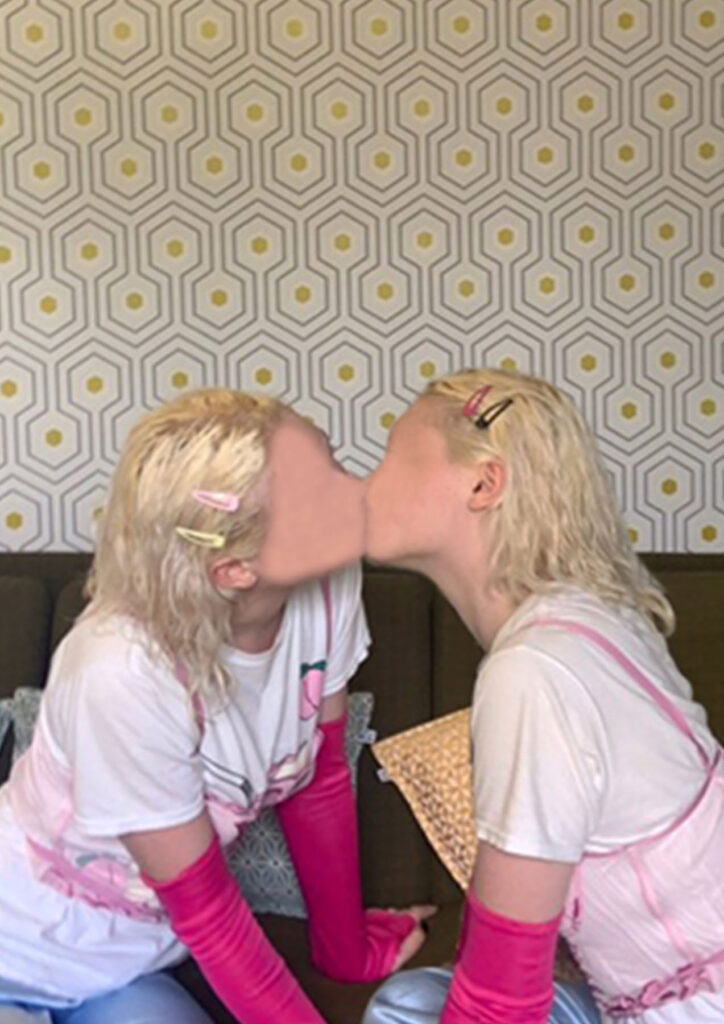
What inspired you to start manipulating and distorting your photographs?
I wanted to represent the phenomena of photography having different elements of personality and personal reflections of the world.
Your work plays around with the concept of perception and how we see ourselves. How would you describe the way you see yourself?
Although I represent myself in my photography, it’s not necessarily just my personality. I also play with my surroundings. The aim isn’t always to show myself, but more to highlight the complexity of an individual.
Do you find that distorting or manipulating your work uncovers anything about the original subjects? And do you find new creative perspectives from this process?
Yes, I try to reveal something. Whenever I choose a subject or take a photo, I do so knowing almost always in advance how I will distort it. I don’t always find my photos interesting without the process of manipulation that I put them through.
Talk to me a bit about your creative background and influences. Do you take much inspiration from aspects of surrealism and contemporary youth culture?
I grew up listening to a lot of music, mainly English pop and rock, and I was always fascinated by vinyl records and their covers – my father had a huge collection. In terms of surrealism, I think everything I saw from the world of Tim Burton influenced me.
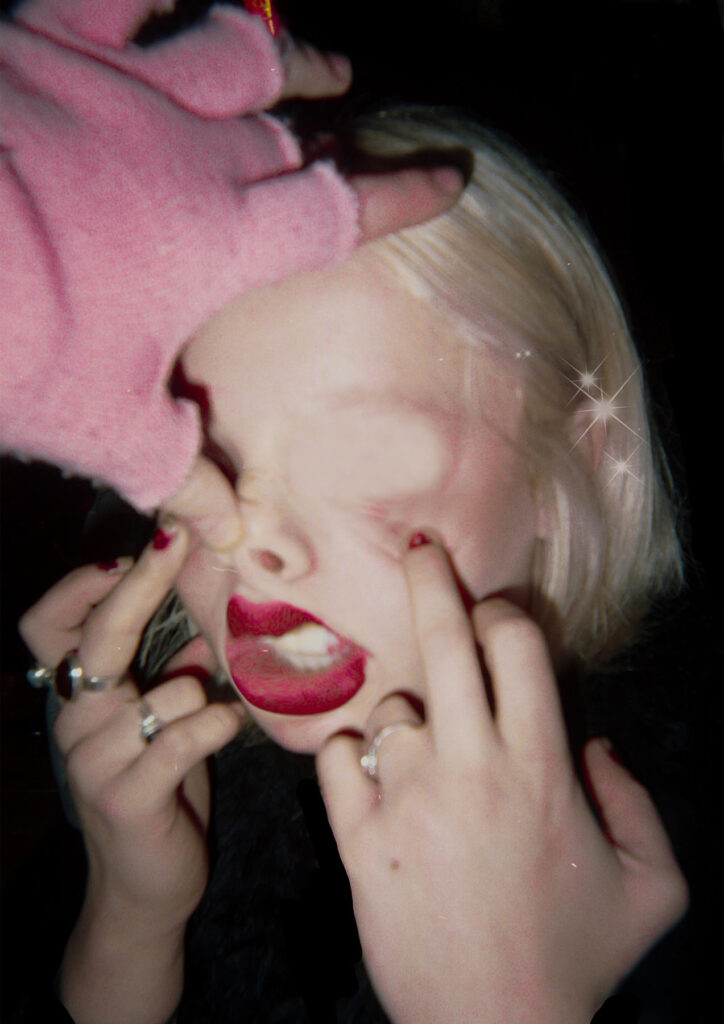
You’ve mentioned that you like to highlight people’s ability to change while remaining themselves. Could you talk a bit more about that?
I think everyone shows different sides of themselves in different situations, to protect themselves or to show off, for example. When a person wants to show off to gain something, even if that person forces some of their personality traits, in the end it is still a part of them that they are showing.
“Even when you invent aspects of yourself, it’s always a part of you. I distort my photos the way people distort themselves.”
What do you want viewers to take from your work?
I am a young photographer, so I don’t really have enough experience or maturity to want anyone to get anything out of my work. If people are simply looking at them, then I’m happy. If people want to share with me the effect my work has on them, then even better. If I’ve been able to bring something to them in any capacity, that makes me happy. I want to share.
How does social media affect your practice? Is it your main way of communicating your art to others?
Yes, this is my main way of communicating my art. It’s easy, fast and I can reach people across the world. I prefer putting up posters, where people can stumble upon them randomly while walking down the street.
What photographers do you take inspiration from?
Hannah Maynard – she was born in England and moved to Canada in 1851. You should study her life and her work; I think she was an amazing woman.
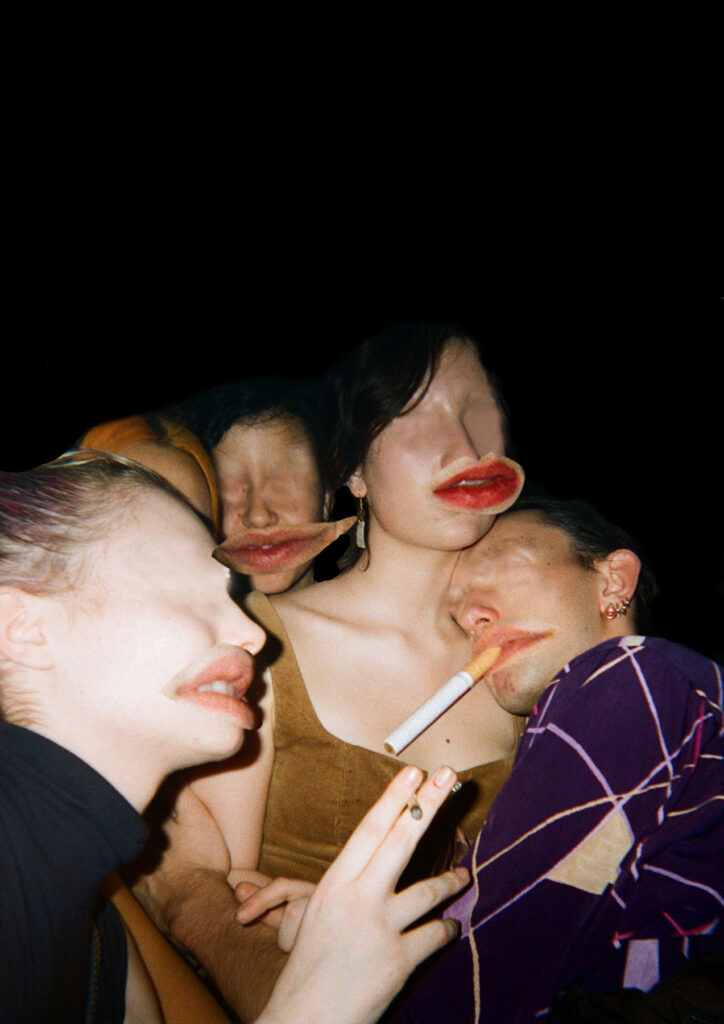
Your work also demonstrates the different aesthetics and capabilities of the body and how figures interact with each other and the places they occupy. Is this a conscious choice? Does your work have a specific narrative?
Yes, I have a very clear idea of my subject, and unless there is a technical problem, the photos themselves are produced fairly quickly. I try to create an interaction and a link between my subjects. In staging myself multiple times in the same image, I want to give the impression of being different characters that are interacting with each other.
What do you enjoy most about photography as a means of self-expression?
I would say the manipulation of the image and being able to simultaneously express myself while being hidden.
Have you discovered anything about yourself or your surroundings through your work?
I’ve been able to choose how to look at myself and to not be subjected to the gaze of another.
With the theme of this issue being Identity, I’d love to hear your thoughts about the concepts of identity and ambiguity in your work.
For me and my work, identity is several things. It is a plural; it cannot be one and constant. It is influenced by all the different factors around us and can change and evolve over a lifetime.
“We may want to reinvent ourselves to satisfy an understanding of who we are.”
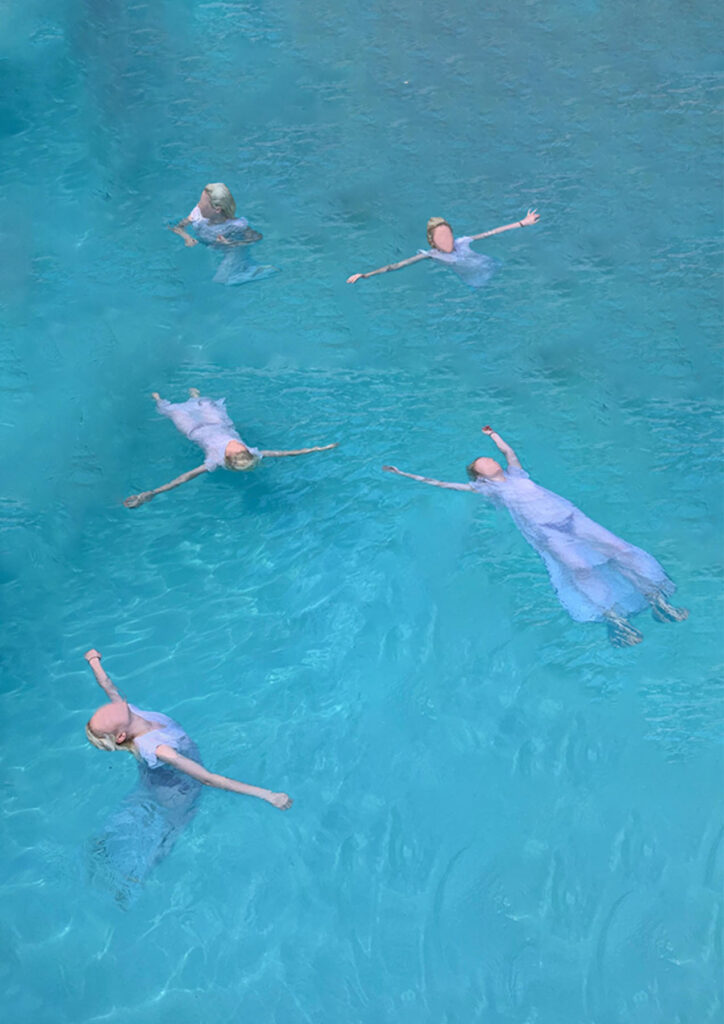
What aspects of your work reflect your own identity?
I stage myself multiple times throughout my work, as I feel like there are so many different aspects of my personality and how I want to represent myself publicly. I’m still young and I’m not sure of who I am and who I want to be just yet.
